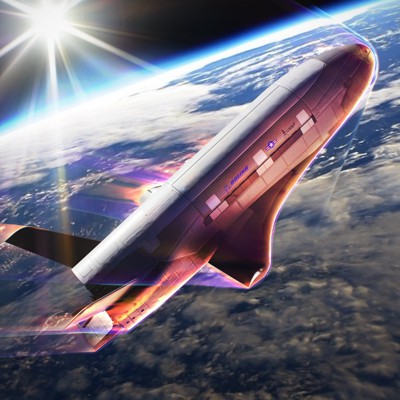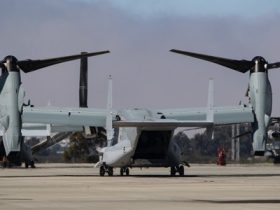A U.S. X-37B space plane is slated to test a new way of rapidly changing its orbit, part of the Space Force’s quest for fuel-sipping maneuverability.
The spacecraft will experiment with aerobraking, which uses Earth’s atmosphere to slow down and switch orbits.
“The use of the aerobraking maneuver—a series of passes using the drag of Earth’s atmosphere—enables the spacecraft to change orbits while expending minimal fuel,” the service said in a release today.
NASA has used the maneuver, but it is “novel” to the X-37B, the release said.
One of the Space Force’s two X-37B Orbital Test Vehicles—OTV-7—was launched into space in December, the program’s seventh known mission. The U.S. military has disclosed few details about its mission or purpose in low Earth orbit, other than noting that X-37 tests include operating in new orbital regimes and experiments with space domain awareness technologies.
“Once the aerobrake maneuver is complete, the X-37B will resume its test and experimentation objectives until they are accomplished, at which time the vehicle will de-orbit and execute a safe return as it has during its six previous missions,” the Space Force said.
The announcement of this new maneuver raises further questions about the plane’s purpose in space, and how the military could use this capability to avoid threats or weapons in space.
“This first of a kind maneuver from the X-37B is an incredibly important milestone for the United States Space Force as we seek to expand our aptitude and ability to perform in this challenging domain. The success is a testament to the dedication and perseverance of the team,” Chief of Space Operations Gen. Chance Saltzman said in a statement.
Read the full article here








Leave a Reply